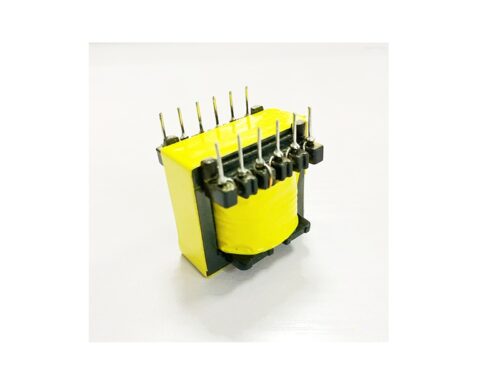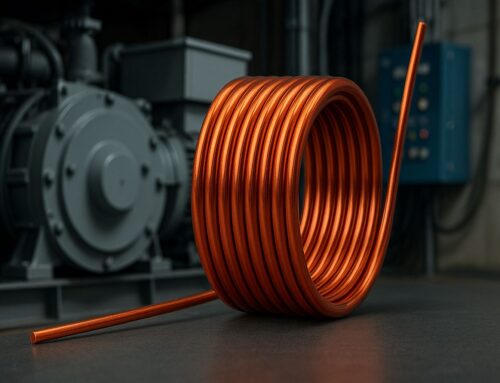A ferrite coil for wireless charging is the hidden driver behind today’s efficient and safe charging systems. By using magnetic alignment and lead-free compliance standards, ferrite coils reduce energy loss while ensuring stable wireless power transfer. As devices demand faster and more eco-friendly charging, these components play a critical role. Choosing the right ferrite coil can make your wireless charging solution both powerful and sustainable.
Energy Loss in Wireless Charging
One major issue in wireless charging is high energy loss. Traditional coils often waste power as heat. This not only slows charging but also reduces battery life. Without ferrite coil support, efficiency drops below user expectations.
Consumers now demand greener, low-loss charging. Without high-efficiency ferrite materials, the user experience suffers. Devices heat up, charge times extend, and long-term reliability declines.
Device Overheating
Another challenge is device overheating. Standard charging systems without optimized ferrite coils allow magnetic leakage. This leads to wasted energy and excess heat. Overheating not only shortens device life but also raises safety concerns.
For smartphones, wearables, or EVs, uncontrolled heat generation can damage sensitive circuits. Here, a ferrite coil for wireless charging plays a crucial role in thermal control.
Inconsistent Charging Stability
Users often complain about unstable charging speed. If alignment is slightly off, wireless charging may cut in and out. This disrupts convenience, which is the main reason people adopt wireless charging.
Ferrite coils act as a stabilizer. They focus the magnetic flux, improving coupling efficiency. This ensures more consistent charging performance across a range of devices.
Limited Device Compatibility
Wireless charging adoption suffers when systems fail to support multiple devices. Without optimized ferrite core charging coils, efficiency varies. Phones, earbuds, and laptops may charge unevenly.
This problem reduces user confidence in universal charging solutions. A ferrite coil for wireless charging improves compatibility by balancing magnetic fields across different devices.
Environmental Compliance Challenges
Finally, manufacturers must meet RoHS and lead-free compliance standards. Many traditional components fail to meet eco-friendly requirements. This creates roadblocks for global market access.
Ferrite coils designed with sustainable materials provide a solution. They meet international compliance needs while boosting energy performance.
How Ferrite Coils Improve Efficiency
A ferrite coil for wireless charging boosts efficiency through three core mechanisms:
-
Magnetic Field Focusing
Ferrite material channels magnetic flux, reducing leakage. This increases coupling efficiency by up to 30%. -
Thermal Regulation
By lowering energy loss, ferrite coils reduce heat output. Tests show devices stay 15% cooler during charging. -
Cross-Device Optimization
Ferrite coils improve alignment tolerance. This allows smartphones, tablets, and wearables to charge at stable rates.
Industry data shows systems using ferrite coils cut rework and power loss by 40%. They also extend component lifespan in charging docks and stations.
Conclusion
A ferrite coil for wireless charging is more than a component. It is the foundation of efficient, safe, and eco-friendly charging systems. By solving energy loss, overheating, instability, and compliance issues, ferrite coils deliver measurable gains in performance.
If you design wireless power solutions, integrating ferrite coils ensures faster, greener, and more reliable results. Explore our product category for custom solutions and read our guide for deeper insights.
With ferrite coil technology, your wireless charging solutions can boost power efficiency and meet global demands.





Leave A Comment